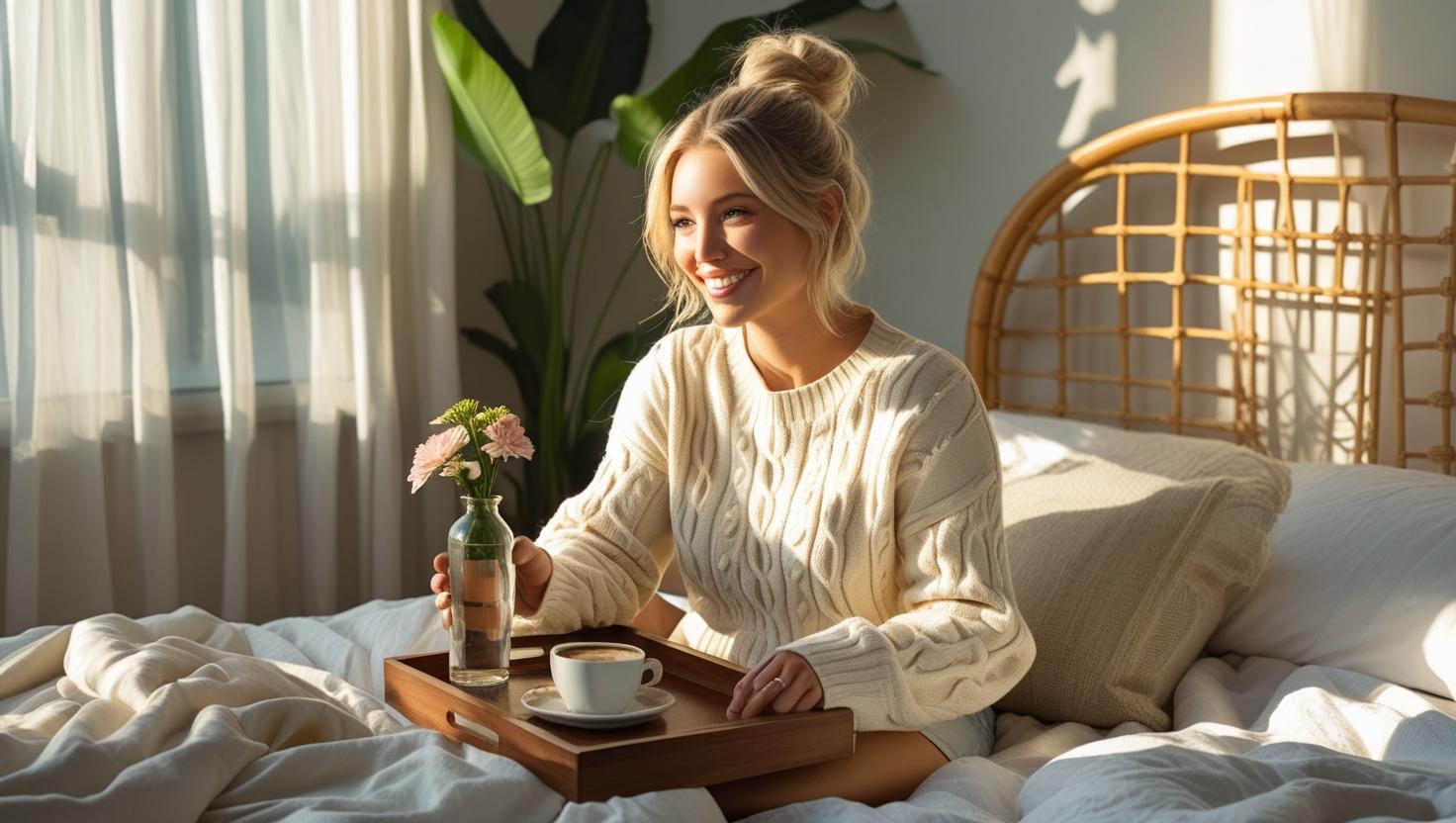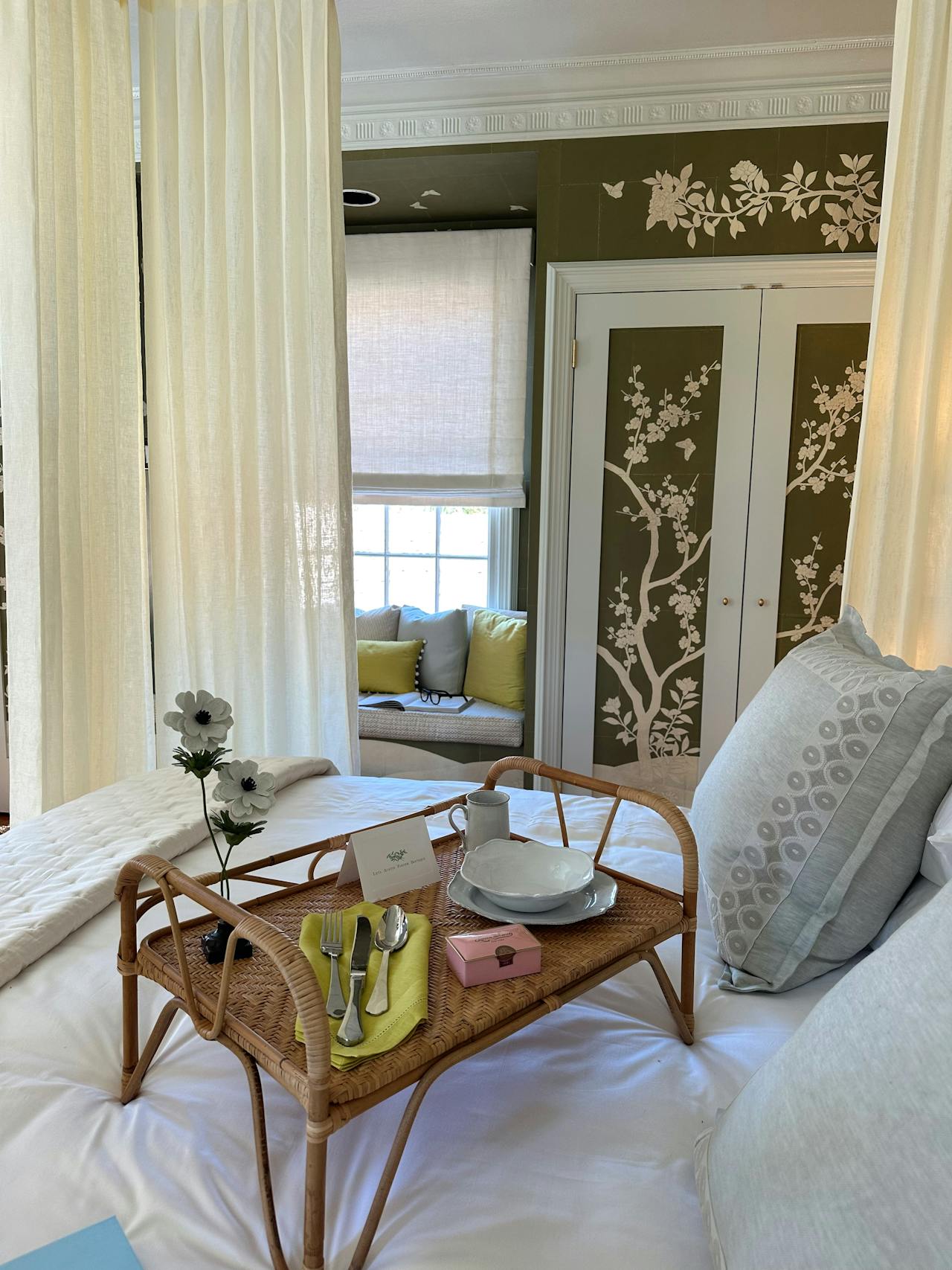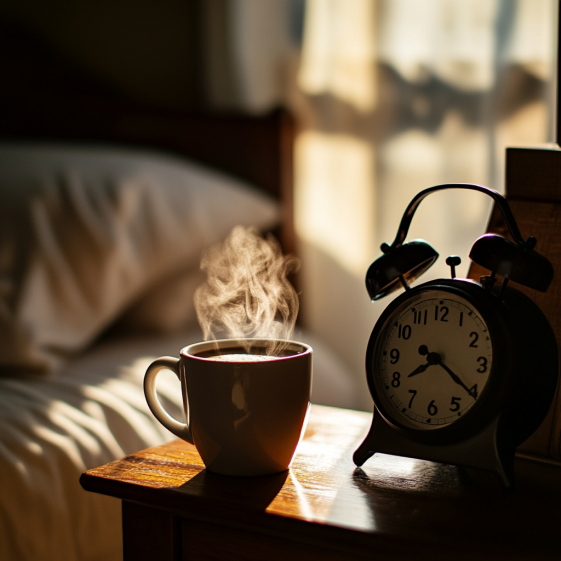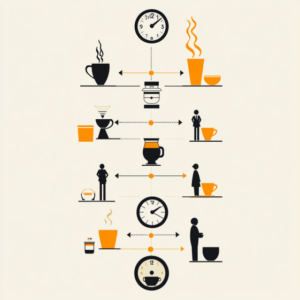Bed Trays: Transform Mornings, Work Sessions & Cozy Evenings
Well-chosen bed trays turn small moments—coffee, journaling, a quick laptop check-in—into calm, comfortable rituals. This guide shows you how to pick the right style, compare features, and set up an ergonomic, good-looking tray you’ll use every day.

Key Takeaways on Bed Trays
- Bed trays add instant function and style—no desk required.
- Match tray type to use: breakfast, reading, crafting, or laptop work.
- Prioritize stable legs, non-slip surfaces, and easy-clean materials.
- Adjustable height/angle supports comfort and posture.
- Care is simple: wipe dry, avoid overloads, store in a dry spot.
Why a Bed Tray Changes Your Routine
A good tray creates a stable surface for mugs, books, and devices, reducing spills and awkward balancing. Pair it with a supportive pillow stack and keep essentials within reach for smoother mornings and evenings.
Refreshing the broader setup? Browse related CBQ guides for ideas: best bed frames, platform bed tips, and space-saving bed frames.
Bed Tray Buying Guide: What to Look For
Start with the basics—size, legs, material—and add smart extras that fit your habits.
1. Size & Surface
Choose a surface large enough for your must-haves: most 13–16″ laptops, a book and mug, or a plate with juice glass. A raised rim or grippy top helps keep things in place.

2. Legs & Adjustability
A bed tray with legs brings items to a more natural height. Foldable legs simplify storage; adjustable height and tilt help for reading, writing, or typing.
3. Materials That Match Your Style
- Wood: warm and timeless; wipe dry to prevent warping.
- Metal: durable, sleek; look for powder-coated finishes.
- Plastic: lightweight, colorful, and easy to clean.

4. Smart Extras
Nice-to-haves: cup holders, phone slots, cable pass-throughs, a shallow drawer, or an angled reading surface. If you use a laptop, ventilation slots help devices run cooler.
Redoing the vibe while you’re at it? Try our gold bedroom accessories guide for quick style lifts, or get guest-ready with guest bedroom ideas.
Types of Bed Trays Compared
Each style excels at different tasks—pick the one that matches your routine.
| Type of Bed Tray | Best For | Pros | Considerations |
|---|---|---|---|
| Traditional Wooden Trays | Breakfast in bed, classic styling | Sturdy, timeless look, décor-friendly | Heavier; dry promptly after wiping |
| Bed Trays with Legs | Meals, laptops, extra stability | Raised height; foldable for storage | Bulkier than flat trays |
| Adjustable Bed Tables | Reading, writing, longer sessions | Height/angle settings; ergonomic | More moving parts; higher cost |
| Foldable & Compact Trays | Small spaces, multipurpose rooms | Lightweight; easy to tuck away | Less ideal for heavier loads |
| Craft & Hobby Trays | Creative projects, journaling | Compartments; organized workspace | Can be bulkier than minimalist styles |
Everyday Uses & Styling Tips
From coffee to crafting, bed trays earn their keep all day long. Start simple and refine as you go.
Breakfast in Bed—Minus the Balancing Act
Choose a tray with a rim to catch crumbs and a wipeable surface for easy cleanup. Keep napkins and a coaster in a shallow compartment.
Work & Study Comfortably
Elevate your laptop and sit with a neutral neck, relaxed shoulders, and supported low back. For posture-friendly rest habits, see this overview of sleeping positions for neck comfort.
Create a Cozy Zone
Add a candle, a small plant, and your current read so your tray becomes a mini retreat. For layering ideas, try this step-by-step bed layering guide.
Decor That Plays Nice
Pick finishes that echo your room’s metals, woods, or textiles. Browse AD’s expert-approved bedroom ideas for visual inspiration.
Thinking bigger—like an adjustable base or speciality frame? Explore CBQ’s adjustable bed frames guide and
bed sizes compared before you buy.

Care, Safety & Sizing
- Wipe surfaces after use; dry thoroughly to avoid warping or rust.
- Follow manufacturer weight guidance—don’t overload bed trays.
- For kids and seniors, favor anti-slip tops and rounded edges.
- Measure mattress width and typical use area; ensure legs clear blankets.
- Store in a dry spot; foldable legs make under-bed storage a breeze.
Smart Places to Shop
Look for trays with stable legs, quality hinges, and easy-clean surfaces. If you want style ideas alongside shopping, the galleries and guides above are a great starting point.
FAQ
- Is it okay to work from bed using a bed tray?
- Yes—use a stable tray, support your back with pillows, and take brief breaks to reset posture and eyes.
- Will a bed tray make my room feel cluttered?
- No. Choose foldable or slim trays and store them under the bed or in a closet when not in use.
- Are bed trays safe for kids or seniors?
- Yes, especially models with non-slip tops, rounded corners, and light weight. Keep hot drinks centered and supervise young kids.
- What size tray should I buy for a laptop?
- Pick a surface wider than your device (most 13–16″ laptops) with room for a mouse or notepad, plus a rim or non-slip pad.
- Which material lasts longest?
- Well-sealed wood and powder-coated metal are durable; plastic is light and low-maintenance for everyday use.
Final Thoughts
From breakfast to brainstorming, the right bed trays make everyday moments more comfortable and organized. Choose a type that fits your habits, keep care simple, and enjoy a tidy, ergonomic setup that feels like a daily luxury.



